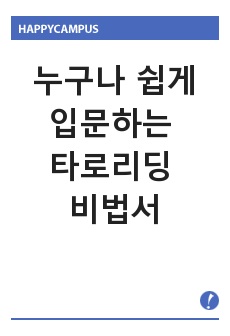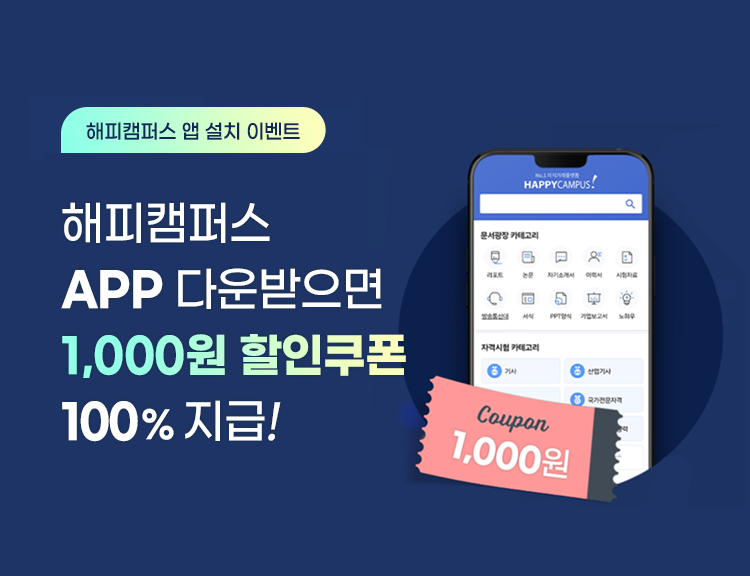ASOS 기업 정리과제 (영어)
gotjrgkwlak
다운로드
장바구니
소개글
아수스에 전반적인 기업 소개&경영전략 분석 레포트 입니다.싱가폴 비즈니스 대학에서 조별과제로 제출했던 것으로 영어로 작성되있습니다.
목차
1 Executive Summary2 Industry Analysis
1) Apparel Industry Supply Chain
2) Porter's 5 Forces of the Apparel Retail Industry
3) Different Channels of Apparel Retail
3 Company Analysis of ASOS Plc
1) About Asos
2) Competitors’ Analysis
3) ASOS Financial Performance
4) ASOS Value Proposition: Driver for Past Success
4 ASOS’s Strategic Flaws
1) Inconsistencies in the Who-What-How model
2) ASOS’s Lack of Core Competency
3) Shift in Value Proposition
5 Problems for the Future
1) Changing Landscape of the Retailing Industry
2) The Future of ASOS’s Private Label
6. Conclusion
References
Appendices
본문내용
ASOS is an online fashion retailer operating primarily in the United Kingdom, the United States, and rest of European Union. ASOS, founded in 2000, is based in London and it offers approximately 50,000 branded and own labelproduct lines, including women’s wear, men’s wear,footwear, accessories and jewellery through its websiteasos.com. ASOS attracts over 17.5 million unique visitors amonth and as at 31 March 2012 had 7.95 million registeredusers and 4.38 million active customers from 160countries.<중 략>
The success of ASOS was initially due to the early adoption of
online retailing to promote third-party branded apparel for a cheaper price than what consumers would normally pay. However, the industry landscape is changing and is working against ASOS’s favour. ASOS is losing its first mover advantage in the e-tailing space. With the rise of internet usage and adoption of e-commerce in developed economies,online retailing has became a new platform where consumers can purchase their desired goods. Hence, retailers are taking advantage of this new channel to create its own online presence, including an online website for retailing.
참고 자료
Aaker, D.A. (1991), Managing Brand Equity: Capitalizing on the Value of Brand Name, The Free Press, New York, NYBagwell, Laurie S. and B. Douglas Bernheim (1996), “Veblen Effects in a Theory of Conspicuous Consumption,” The Ameri- can Economic Review, 86 (June), 349–73
BARNES Reports: Women's & Girls' Apparel Mfg. Industry. (2012).
United States Women's & Girls' Apparel Manufacturing Industry Report, 1-81.
Dopico, D., & Porral, C. (2012). Sources of equity in fashion markets.
Journal Of Product & Brand Management, 21(6), 391-403 Eastman, Jacqueline K., Ronald E. Goldsmith, and Leisa R. Flynn
(1999), “Status Consumption in Consumer Behavior: Scale Development and Validation,” Journal of Marketing Theory and
Practice, 7 (Summer), 41–52
Escalas, Jennifer Edson and James R. Bettman (2003), “You Are What You Eat: The Influence of Reference Groups on Con- sumers’
Connections to Brands,” Journal of Consumer Psy- chology, 13 (3), 339–48
Freling, T.H., Crosno, J.L. and Henard, D.H. (2011), “Brand personality appeal: conceptualization and empirical validation”,
Journal of the Academy of Marketing Science, Vol. 39 No. 3, pp. 456-67
O’Cass, Aron and Hmily Frost (2002), “Status Brands: Examining the Effects of Non-Product-Related Brand Associations on Sta- tus and Conspicuous Consumption,” Journal of Product and Brand Management, 11 (2), 67–88
The Fashion Spot. (2013, April 7). Retrieved from The Fashion Spot:http://www.thefashionspot.com/buzz-news/forum-buzz/174065-jbrands-expensive-new-ad-campaign-falls-flat-forum-buzz
The Telegraph. (2013, April 7). Retrieved from American Apparel refinances debt: http://www.telegraph.co.uk/finance/newsbysector/ retailandconsumer/9974116/American-Apparel-refinances-debt.html
Sirgy, M. Joseph (1982), “Self-Concept in Consumer Behavior: A Critical Review,” Journal of Consumer Research, 9 (3), 287–300
Societe Generale. (2013). ASOS Three-in-one growth. Paris: Societe Generale.
Stahl, F., Heitmann, M., Lehmann, D., & Neslin, S. (2012). The Impact of Brand Equity on Customer Acquisition, Retention, and Profit Margin. Journal Of Marketing, 76(4), 44-63
Wernerfelt, Birger (1990), “Advertising Content When Brand Choice Is a Signal,” Journal of Business, 63 (1), 91–98
Young Jee, Han, Joseph C Nunes, and Xavier Drèze. 2010. "Signaling Status with Luxury Goods: The Role of Brand Prominence." Journal Of Marketing 74, no. 4: 15-30
Zeithaml, V.A. (1988), “Consumer perceptions of price, quality and value: a means-end model and synthesis of evidence”, Journal of Marketing, Vol.52 No. 3, pp. 2-22


























